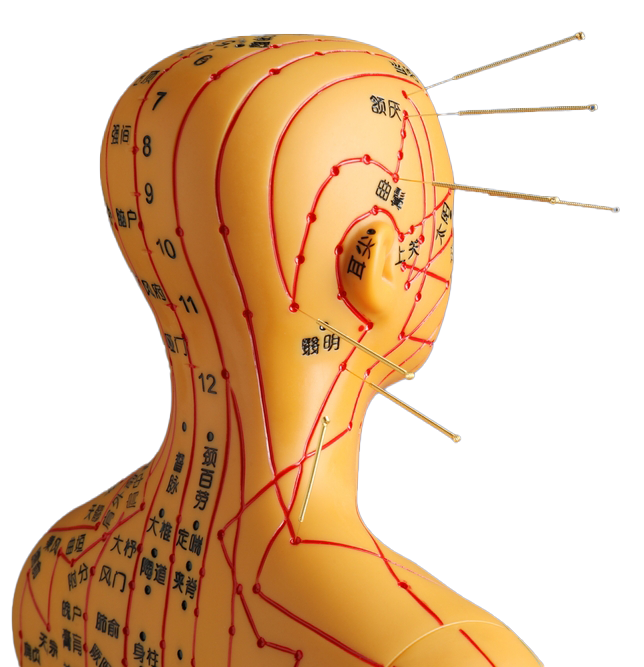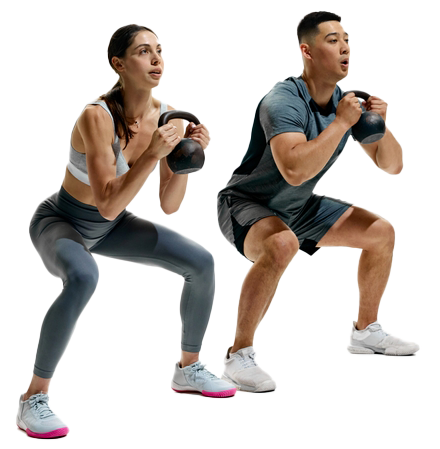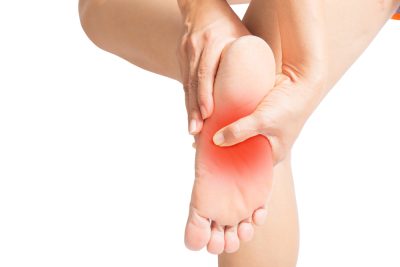- Facet joint Radiofrequency Thermocoagulation (RFT) Treatment
- Radiofrequency Thermocoagulation Dorsal root ganglion (DRG) radiofrequency thermocoagulation (RFT)
- Discitis Procedure
- Sacroiliac Joint Radiofrequency Treatment (Simplicity)
- In-Disc Ozone Therapy
- Nucleoplasty
- Transforaminal Injection (Pinpoint)
- Facet joint block
- Epidural Injection
Muscle relaxants
- Home
- Medication Therapy
- Muscle relaxants
Contents
Toggle- Creating an individualised treatment plan
- The role of different specialities (physiotherapist, orthopaedist, psychologist, neurosurgeon)
- Pain treatment during pregnancy
- Treatment of chronic pain in the elderly
- Pain management in children
- Stress management
- Healthy eating
- Ergonomic living arrangements
- Exercise and mobility
- Facet joint Radiofrequency Thermocoagulation (RFT) Treatment
- Radiofrequency Thermocoagulation Dorsal root ganglion (DRG) radiofrequency thermocoagulation (RFT)
- Discitis Procedure
- Sacroiliac Joint Radiofrequency Treatment (Simplicity)
- In-Disc Ozone Therapy
- Nucleoplasty
- Transforaminal Injection (Pinpoint)
- Facet joint block
- Epidural Injection
- Cancer pain
- Permanent Epidural / Spinal Port Application
- Vascular Port (Permanent Vascular Access)
- Trigeminal Nerve RFT
- Blockade of Ganglion Stellatum
- Lumbar Sympathetic Ablation
- Facet joint Radiofrequency Thermocoagulation (RFT) Treatment
- Radiofrequency Thermocoagulation Dorsal root ganglion (DRG) radiofrequency thermocoagulation (RFT)
- Hernia Burning (IDET)
- Discitis Procedure
- Sacroiliac Joint Radiofrequency Treatment (Simplicity)
- Permanent Epidural / Spinal Port - Pump System
- In-Disc Ozone Therapy
- Nucleoplasty
- Peripheral Nerve Block
- Transforaminal Injection (Pinpoint)
- Facet joint block
- Epidural Injection
- Intra-articular Fluid Treatment
- Dorsal root ganglion (DRG) radiofrequency thermocoagulation (RFT)
- Spinal cord stimulation (pain pacemaker)
- Ergonomic living arrangements
- Spinal cord stimulation (pain pacemaker)
- Nucleoplasty
- Radiofrequency ablation
- Herbal solutions
- Dry needle treatment
- Anti-ageing treatments
- Ozone therapy
- Cupping therapy - Cupping
- Mesotherapy
- Prolotherapy
- Acupuncture
- Stem Cell Therapy
- Nerve blockages
- Corticosteroid injections
- Massage and relaxation techniques
- Manual therapy
- Electrotherapy
- Neuropathic pain medications
- Anti-inflammatory drugs
- Muscle relaxants
- Painkillers (paracetamol, ibuprofen, etc.)
Everything You Need to Know About Muscle Relaxants
Muscle pain and spasms are common problems that interrupt our daily life and limit our mobility. One of the treatments that come into play in such cases is muscle relaxants. So, what exactly are muscle relaxants, how do they work and when should they be used? Here are the answers to these questions and more...
What is Muscle Relaxant?
Muscle relaxants are medicines designed for people who experience muscle spasm or muscle stiffness. Basically, they are
- Reduces Spasms: It works to stop or relieve involuntary contractions in the muscles.
- Relieves Pain: It helps to reduce pain caused by muscle tension.
- Improves Mobility: It facilitates daily activities by providing the opportunity to move more comfortably.
Types of Muscle Relaxants
a) Muscle Relaxants with Central Action
It acts via the brain and spinal cord to regulate signals to the muscles. This group generally aims to relieve pain by "calming" spasms in the brain. Common drug names include Diazepam, Baclofen, Tizanidine is found.
b) Peripherally Acting Muscle Relaxants
They act on the muscle itself or at the nerve-muscle junction. Some agents used to temporarily relax muscles, especially during surgical interventions (e.g. during anaesthesia), belong to this group.
Although both types are designed to relieve pain and prevent spasms, their mechanism of action is different. When creating a treatment plan, your doctor will determine the most suitable option for you.
How Do They Work?
- Regulation of Nerve Conduction: Centrally acting muscle relaxants bind to specific receptors in the brain or spinal cord to slow down nerve signals and relieve muscle contractions.
- Inhibition of Muscle Contraction Mechanism: Peripheral muscle relaxants promote relaxation by interfering with the chemical processes required for muscle fibres to contract.
In this way, the feeling of tension is reduced, pain is controlled and the body feels more relaxed.
When is it used?
- Back, Neck and Shoulder Pains: Conditions such as muscle tension or stiff neck, especially in desk workers.
- Acute Injuries: Painful spasms caused by muscle strain, sprains, or reverse movements during sports or daily activities.
- Chronic Pain: In cases of long-term muscle pain, such as fibromyalgia, as part of a combination therapy.
- Neurological Diseases: It can be used to relieve uncontrolled muscle contractions in some cases of MS (Multiple Sclerosis) or Cerebral Palsy.
It is important to remember that muscle relaxants alone are not a miracle drug; they are usually more effective in combination with physiotherapy, exercise and other rehabilitation methods.
How to use it?
- Doctor's Check-up: Muscle relaxants must be used on the advice of a doctor due to their high potency.
- Compliance with Dosing Instructions: Compliance with the prescribed dose and duration of use is important to maintain the efficacy of the drug and reduce side effects.
- Regular Follow-up: Monitoring liver and kidney function in long-term use helps to prevent possible complications.
- Avoiding Alcohol and Drugs: Muscle relaxants can also cause sedation (drowsiness), so it is risky to use them with alcohol or other tranquillisers.
Side Effects and Cautions
- Sleepiness and dizziness: Centrally acting medicines may cause sedation; it may be dangerous to drive or do work that requires attention.
- Gastrointestinal Disorders: Some people may experience nausea, constipation or diarrhoea.
- Dry Mouth It is a common side effect and can be alleviated by drinking plenty of water.
- Addiction and Tolerance: There may be a risk of addiction, especially with long-term and high-dose use.
- Interactions: It may interact with other medicines (e.g. painkillers, antidepressants) or dietary supplements. Therefore, tell your doctor about all medicines you are taking.
If you experience an unexpected or severe side effect, talk to your doctor before stopping the medicine.
The Role of Exercise and Physical Therapy
For underlying muscle weaknesses or posture disorders, while muscle relaxants relieve pain Exercise and physiotherapy is of great importance. Your doctor or physiotherapist can give you guidance on
- Posture and Posture Training: Muscle tensions can be prevented with the correct posture.
- Stretching and Strengthening Exercises: Purposeful movements help to keep the muscles both flexible and strong.
- Hot/Cold Applications: It is very effective in reducing the severity of muscle pain and spasms.
Conclusion
Muscle relaxants can be an effective option for controlling muscle spasms and pain. However, responsible and judicious use of these medications is vital. They should always be taken under the supervision of a doctor, dosage instructions should be followed and it should be remembered that the actual treatment in the long term should be supported by physical rehabilitation and lifestyle adjustments.
If you feel that your daily quality of life is reduced due to muscle pain or spasms, it is best to consult a specialist to determine the appropriate treatment.
Our treatments
- Home
- Medication Therapy
- Muscle relaxants





